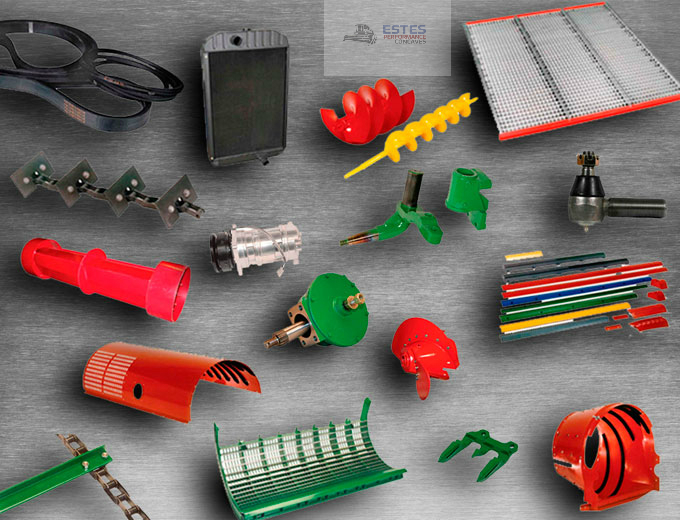There is a direct correlation between the mechanical damage to the grain during harvest and the loss of quality during storage. The broken grain is more exposed to the attack of pests and diseases during post-harvest.
Where is it broken?
• When the availability of harvesters is not in line with the demand from producers, it causes them and the contractors to increase the speed of advancement of the harvester. This is associated with increases in the turns of the threshing cylinder which causes increases in losses and mechanical damage to the grain.
• Diverse works of the INTA show that the impact that receives the grain of soybean when arriving at the elements of threshing, is the most important cause of the break of grains.
• Harvester points where mechanical damage can occur are:
Platform
The friction between plants at the moment of cutting (by lateral movement and in the direction of advance of the machine), and the impact with the bars and teeth of the pinwheel, causes the opening of the drier pods and the match of grains.
Hauling:
The transport of the cut material to the threshing cylinder or rotor causes part of the pods to open, damaging unprotected grains by compression and dragging the material between the bars and the floor of the hauler.
Cylinder or threshing rotor
• When entering the cut material, the threshing is produced by impact and friction between the cylinder and the concave (s). Without this action it is impossible to produce the threshing, despite the aggressiveness with which it is made, is what largely determines the level of damage produced on the grain. High RPM of the cylinder and scarce cylinder-concave separation determine a greater damage on the grains.
• To differentiate the origin of the break and be able to quantify at which point of the process the highest values are produced, the authors of the work defined three sampling points for the grain: the hopper of the harvester, the self-unloading hopper and the outlet of the discharge tube.
Axial vs. conventional
• When comparing the effect of the different systems of threshing, the results show a 9.3% break with 12.35% of average humidity of the axial equipment and 16% of breakage with 14.02% of humidity for the conventional machines. The combine performance parts generate less damage to the grain, even with lower moisture contents. This coincides, conceptually, with the results obtained in another work carried out in the province of Corrientes.
• Even so it is worth mentioning that these conclusions are valid for cases in which the conditions of the field work analyzed here are repeated.
• The axial threshing system has some advantages compared to conventional systems since it performs a progressive threshing, decreasing the mechanical damage produced to the grain. In this system, as the material advances between the rotor and the shirts, the drier and easier to thresh grains are separated from the straw at the beginning of the route, while the toughest continue to rotate within the system until threshing.

